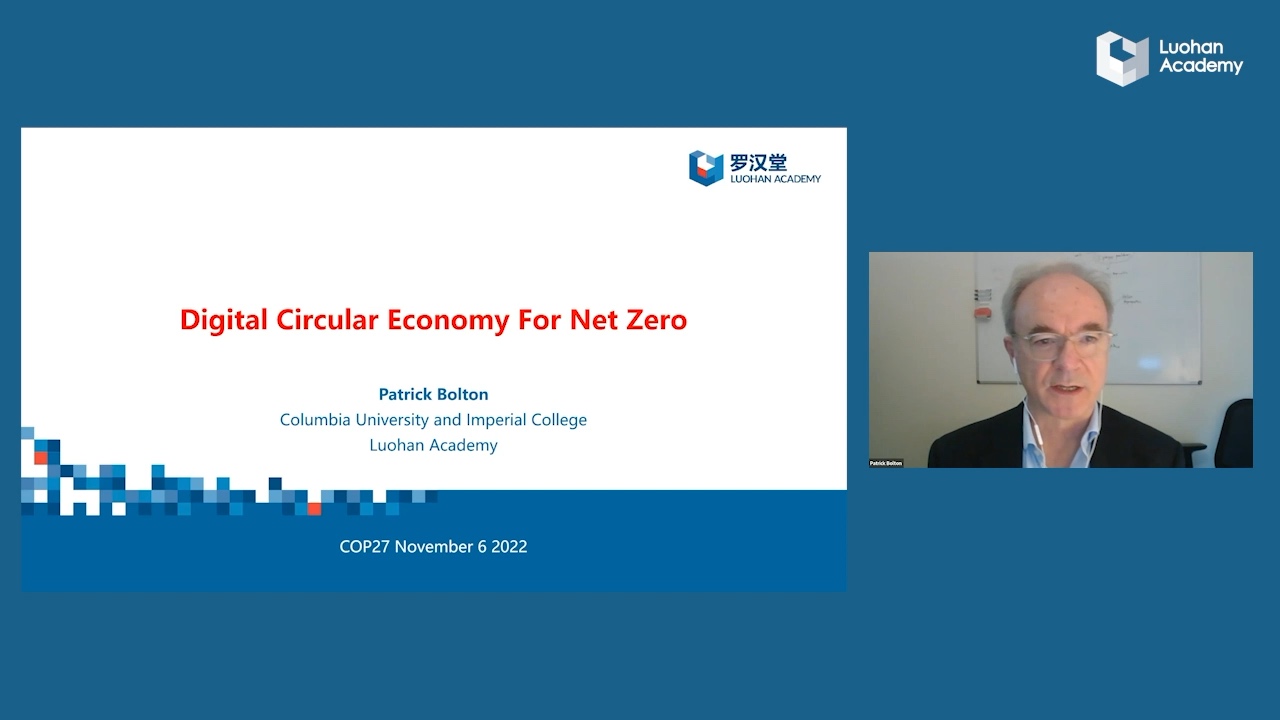The modern marketplace is full of product varieties. For nearly all products consumers buy every day, there are numerous variants they could choose from. Take potato chips as an example. In your weekly grocery shopping, you usually see a long retail shelf full of different varieties of potato chips. They differ in brands, packaging, flavor, shape of chips, etc. Such diversity in products only happened recently. In the U.S, before the late 1970s, there were only two flavors in the market: conventional salted chips and barbecue-flavored chips. Today, Lay’s alone produces almost 50 varieties of potato chips within its six product lines. Among the product lines, the traditional Lay’s product line offers chips in 15 flavors. Similar stories can be found with other products as well. Heinz offers more than twenty ketchup products in ten flavors. Toyota manufactures almost 50 production models.

As emphasized in Lancaster (1990), “Demand for variety may arise from a taste for diversity in individual consumption and/or from diversity in tastes even when each consumer chooses a single variant”. Consumers have heterogeneous hobbies, interests and socio-economic backgrounds, which also shape their tastes for consumption goods. In addition, for a particular product, there are usually diminishing returns to quantity i.e., consuming the second unit is usually less satisfying than the first unit. These two forces generate niches that new goods can find profitable to enter. Together with technical changes that drive down production and selling cost, these factors have created the boom in varieties and choices we now observe.
The expanding set of varieties available to consumers is one of the hallmarks of modern economic development. Economists have been working to understand the welfare gains from new product varieties. In the macro and trade literature, economists typically use the constant elasticity of substitution (CES) structure to study the welfare implications of an increasing number of varieties. Krugman (1979) pioneers the use of love-of-variety models to study how countries could gain from trade through the import of new varieties. Following Krugman’s work, Broad and Weinstein (2006) estimate the value to U. S. consumers of the expanded import varieties between 1972 and 2001 to be 2.6 percent of GDP. Atkin et al. (2018) uses scanner data on grocery purchases to calculate welfare gains associated with the entry of global retail chains into the Mexican market. Neiman and Vavra (2019) use household-level scanner data to show that in a typical household spending can become more concentrated on a few preferred products as aggregate spending concentration decreased. This pattern illustrates that when more products are available, households select products better-matched to their tastes, generating consumer benefits through a selection effect in addition to the standard love-of-variety gains.
On a parallel front, a large literature in industrial organization (IO) attempts to quantify the gains from variety. IO economists usually focus on particular industries in possession of more granular data, which enables them to consider a more realistic demand picture [reference: Hausman (1996), Petrin (2002)]. Brynjolfsson et al (2003) find significant gains to consumer welfare ($731 million–$1.03 billion in 2000) due to the increase in access to book varieties provided by Amazon.com. They estimate the gain to consumers from increased variety to be 7 to 10 times larger than the gain derived from the competitive price effect. These gains have since been dubbed the “long tail” benefit of online retail by Anderson (2004). Recently, Quan and Williams (2018) have emphasized the gains from online variety depend critically on the extent to which demand varies across geographies and on how traditional brick-and-mortar retailers respond to those local tastes. After accounting for this heterogeneity, they find the variety effect to be about equal in size to the price effect.
Beyond the studies that focus on positive welfare gains for consumers, recent papers draw our attention to the potential negative impact of rising variety in frictional markets. On an online peer-to-peer holiday property-rental platform, Li and Netessine (2020) illustrate that more choice could impede the consumer’s search process. An exogenous shock to market size caused by a one-time migration of listings from other platforms leads to lower matching rates despite a higher level of users’ search intensity. Along the same lines, Bai et al (2020) show that alleviating information frictions and reducing the number of firms can help improve allocative efficiency and raise consumer welfare.
The growing number of choices and varieties have become the one of the leading features of the modern marketplace. It is widely acknowledged that it generates substantial benefits to consumers via fulfilling their love of variety and need for selection. In the meantime, there exist sources of friction that could jeopardize gains. As a growing proportion of retail moves online, in order to realize the gains from having variety, platform owners need to make investments in search and matching technology so as to alleviate frictions and facilitate more efficient matching.
Author: Xijie Gao is an Economist at Luohan Academy. His research focuses on macroeconomics, productivity and industrial organization. He received PhD in Economics from London School of Economics in 2020.
Reference
Anderson, C. “The Long Tail.” Wired Magazine, Vol. 12 (2004), pp. 170–177.
https://www.wired.com/2004/10/tail/
Atkin, David, Benjamin Faber, and Marco Gonzalez-Navarro. "Retail globalization and household welfare: Evidence from mexico." Journal of Political Economy 126, no. 1 (2018): 1-73.
https://www.journals.uchicago.edu/doi/abs/10.1086/695476
Bai, Jie, Maggie Chen, Jin Liu, and Daniel Yi Xu. Search and Information Frictions on Global E-Commerce Platforms: Evidence from AliExpress. No. w28100. National Bureau of Economic Research, 2020.
https://www.nber.org/papers/w28100
Broda, Christian, and David E. Weinstein. "Globalization and the Gains from Variety." The Quarterly journal of economics 121, no. 2 (2006): 541-585.
https://academic.oup.com/qje/article-abstract/121/2/541/1884019
Brynjolfsson, Erik, Yu Hu, and Michael D. Smith. "Consumer surplus in the digital economy: Estimating the value of increased product variety at online booksellers." Management science 49, no. 11 (2003): 1580-1596.
https://pubsonline.informs.org/doi/abs/10.1287/mnsc.49.11.1580.20580
Hausman, Jerry A. "Valuation of New Goods under Perfect and Imperfect Competition." In The Economics of New Goods, pp. 207-248. University of Chicago Press, 1996.
https://www.nber.org/system/files/chapters/c6068/c6068.pdf
Krugman, Paul R. "Increasing returns, monopolistic competition, and international trade." Journal of international Economics 9, no. 4 (1979): 469-479.
https://www.sciencedirect.com/science/article/abs/pii/0022199679900175
Lancaster, Kelvin. "The economics of product variety: A survey." Marketing science 9, no. 3 (1990): 189-206.
https://pubsonline.informs.org/doi/abs/10.1287/mksc.9.3.189
Li, Jun, and Serguei Netessine. "Higher market thickness reduces matching rate in online platforms: Evidence from a quasiexperiment." Management Science 66, no. 1 (2020): 271-289.
https://pubsonline.informs.org/doi/abs/10.1287/mnsc.2018.3223
Neiman, Brent, and Joseph S. Vavra. The rise of niche consumption. No. w26134. National Bureau of Economic Research, 2019.
https://www.nber.org/papers/w26134
Petrin, Amil. "Quantifying the benefits of new products: The case of the minivan." Journal of political Economy 110, no. 4 (2002): 705-7
https://www.journals.uchicago.edu/doi/abs/10.1086/340779
Quan, Thomas W., and Kevin R. Williams. "Product variety, across‐market demand heterogeneity, and the value of online retail." The RAND Journal of Economics 49, no. 4 (2018): 877-913.
https://onlinelibrary.wiley.com/doi/abs/10.1111/1756-2171.12255









